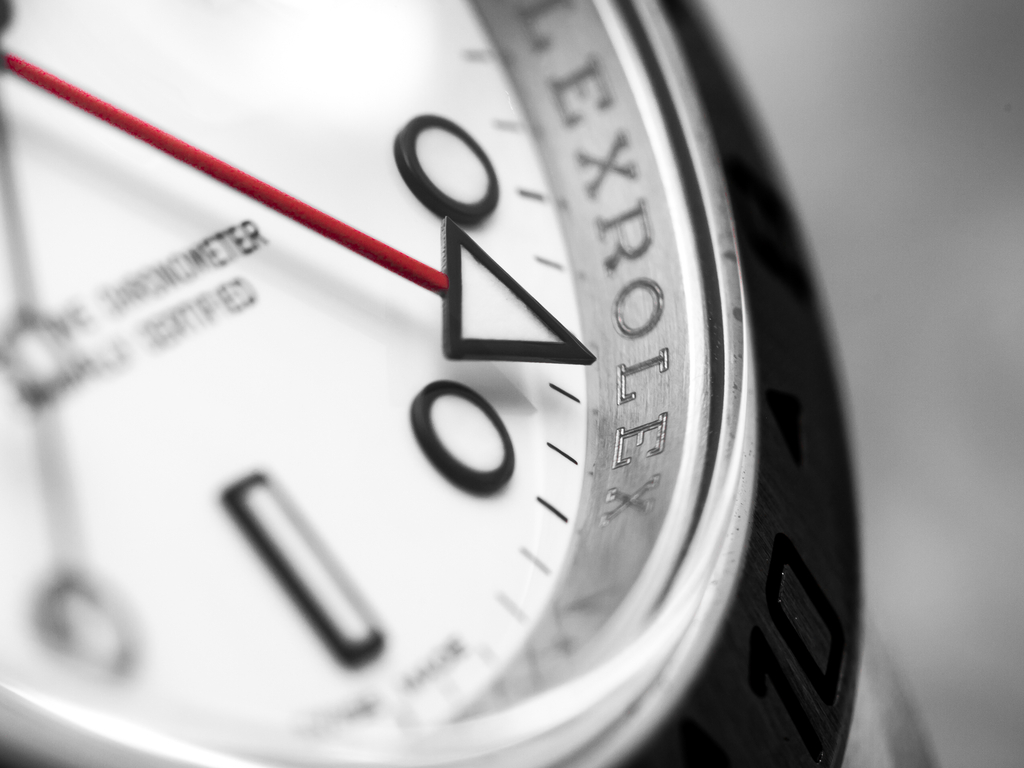Do Rolex Watches Tick?

When buying a Rolex watch from a source that you don’t know, you might be looking for key signs that what you’re looking at is the real deal. Fortunately, from smooth movements to engravings, there are a number of little details that you can look out for. This can give essentially anyone the opportunity to tell apart a real and a fake, especially with some of the more noticeable differences.
Ticking is something that countless people use to differentiate Rolex watches from their counterfeit counterparts, and while it can be a noticeable distinction, it’s not always the most reliable method if you don’t know what you’re looking for.
What do you need to know about ticking?
There are a lot of watches that tick, but this isn’t a typical feature with a Rolex watch. Most of these luxurious timepieces aren’t powered by the standard movements and batteries, instead having fully mechanized components that significantly reduce ticking (both in frequency and volume). Because of this, any Rolex that emits a loud ticking noise for every second that goes by is very likely to be a counterfeit.
The main reason why fakes tend to tick louder and more frequently than the real deal is because mechanical movements are far more expensive than quartz moments. Counterfeit companies won’t usually put in the extra effort and investment, since many people won’t be aware of this occurrence in the first place.
General misconceptions and things to consider:
• You may have heard that the second hand on a Rolex is a perfect sweep – although this isn’t always true. Most tick at 8 ticks, and so won’t run continuously like many people believe
• Some models, like the Oysterquartz for example, do use quartz movements (handmade in-house by Rolex). As a result, these will tick once per second and make distinction even more difficult
• There are counterfeit companies out there who invest in fully mechanized movements to produce more convincing fakes. While this is rare, it is certainly something that you should bear in mind
Other methods you can use to spot a fake
Fortunately, the tick-test is just one of many things that could help you to find the real deal. There are so many other factors that you can consider when buying, such as:
• The price – a real Rolex isn’t going to be sold cheap, even if it is second-hand. Most will at least start in the thousands range, so don’t go for anything less
• The date is magnified – on models with a date, it will always be magnified. This is because of the Cyclops lens that’s used, which is something that’s quite difficult for counterfeit companies to reproduce
• Mistakes – everything on a Rolex is perfect; they simply don’t make errors or allow them to get overlooked. A counterfeit company isn’t likely to be so rigorous and will often sell their items regardless of mistakes or imperfections
• The weight – Rolex watches are made from quality metals, and therefore they tend to weigh much more than fakes that use cheaper materials. If a watch is lightweight, it’s unlikely to be a real Rolex




